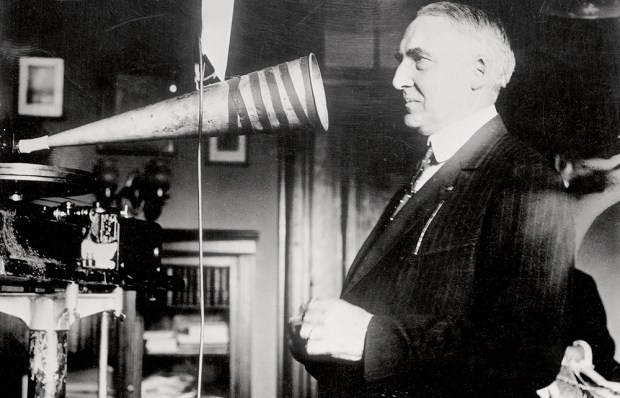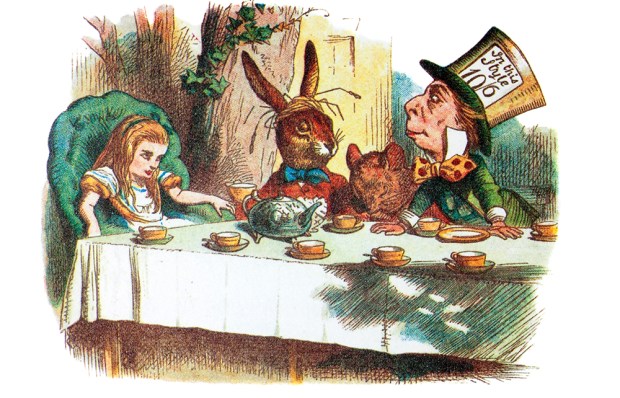With the sensation produced by hearing one’s name, I jumped when I saw mine on a poster advertising an Amazon product: the Echo Dot. I shan’t launch a billion-dollar lawsuit to retake control of my name. It’s more likely that Amazon would send the men in the horsehair wigs after me, though I declare that I, or my parents, got there first with Dot.
I’m surprised, though, that Dot is regarded as a cheering name for a tech gadget 17 or 18 years after the dotcom bubble went pop. Companies that failed then were called, by way of a little joke, dot-bombs. But it was strange in the first place to give the name dot to the point before com (a ‘top-level domain’).
The Oxford English Dictionary is vague about the history of dot meaning ‘full stop’. I am sorry to say that before the Conquest, dot meant ‘the head of a boil’; no more was heard until it cropped up again in the 17th century to mean speck or spot.
The dot has featured before in a communications revolution. In electric telegraphy, the number 325 could be conveyed by the corresponding number of dots in three groups, divided by spaces: … .. ….. —see? These were certainly called dots (not points, periods or stops) by 1838.
But only in the middle of the 19th century is the phrase dot the i’s recorded. (By the way, the apostrophe in the plural i’s is not a greengrocer’s apostrophe. It is a recognised convention, and a useful one.)
The letter i used not to have a dot on it. Marks like acute accents began to appear in Latin manuscripts about the 11th century, first to mark two i’s in a row, in words such as ingeníí, then to distinguish i’s from other letters written with fence-paling minim strokes, such as n and m. Printing reduced the mark above the i to a round dot.
Until recently, I had not realised the Roman numeral for one was not originally an i; it was merely a vertical stroke. Today, each number on the clock-dial generally has a dot above or below, so that you and I can be on the dot.
Got something to add? Join the discussion and comment below.
Get 10 issues for just $10
Subscribe to The Spectator Australia today for the next 10 magazine issues, plus full online access, for just $10.
You might disagree with half of it, but you’ll enjoy reading all of it. Try your first month for free, then just $2 a week for the remainder of your first year.














Comments
Don't miss out
Join the conversation with other Spectator Australia readers. Subscribe to leave a comment.
SUBSCRIBEAlready a subscriber? Log in